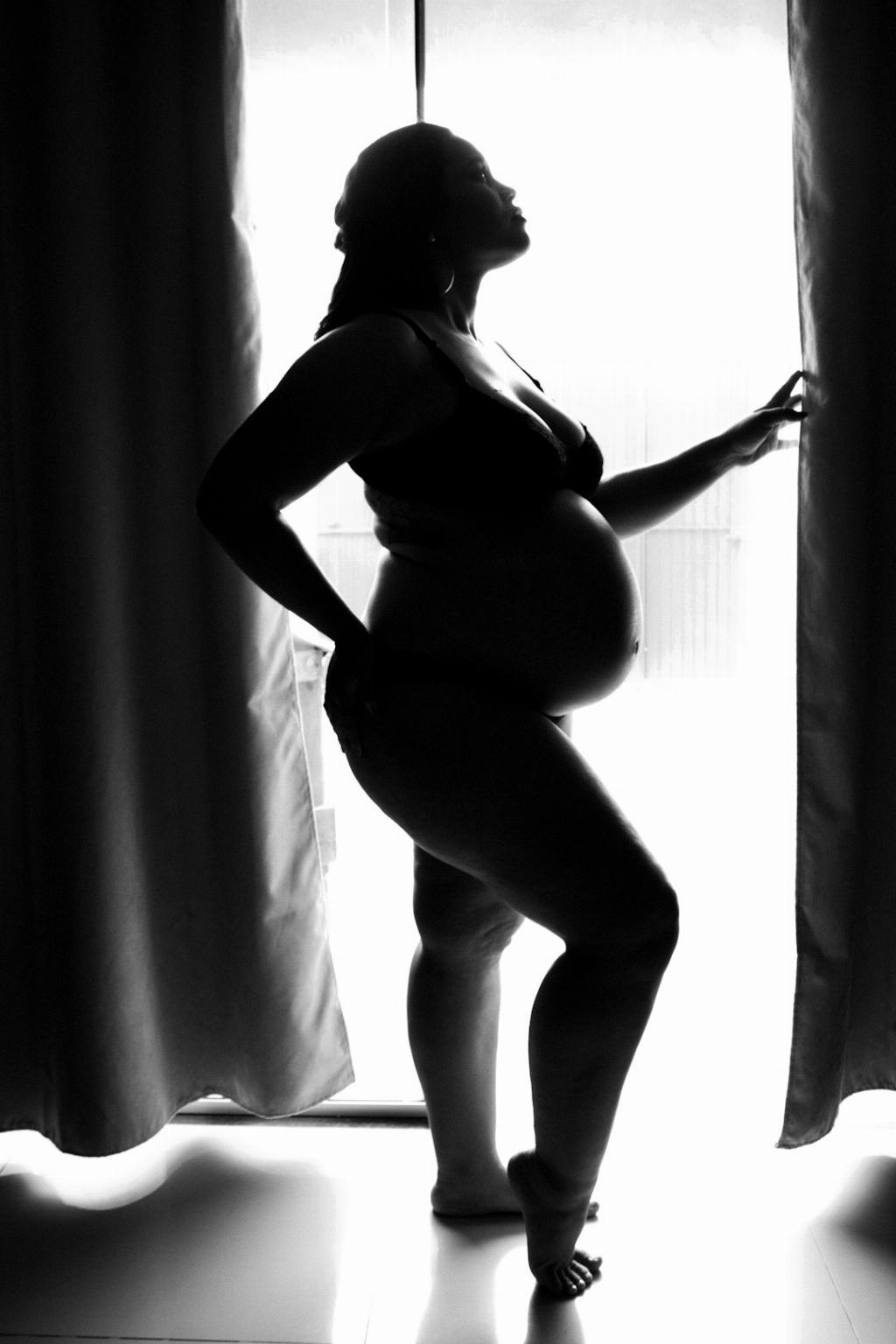After undergoing a C-section, it’s natural to be curious about how your scar will progress in the weeks following the surgery. By the time you reach the three-week mark post-surgery, your body has already begun the intricate process of healing and renewing the area around the incision site.
Collagen Formation and Scar Strength
At around three weeks post C-section, collagen production becomes a key player in scar formation. Collagen fibers start to gather at the incision site, working diligently to strengthen the tissue and pull the edges of the wound together. This collagen buildup is crucial in promoting proper healing and ensuring the scar forms correctly.
Blood Vessel Development
Another vital aspect of scar healing after a C-section is the formation of new blood vessels. Around the three-week mark, these blood vessels begin to develop, enhancing the scar’s blood supply and nourishment. The increased blood flow aids in the healing process and contributes to the overall health of the scar tissue.
Thickening and Color Changes
As the collagen accumulates and the blood vessels form, you may notice changes in the appearance of your c-section scar. After three weeks, the scar typically starts to thicken and become more prominent. The color of the scar may also evolve, transitioning from its initial appearance to a different hue as it continues to heal and recede.
Texture and Sensation
While every individual’s healing process is unique, it’s common for c-section scars at the three-week mark to exhibit variations in texture. The scar might feel raised or lumpy to the touch, which is a normal part of the remodeling phase. Additionally, you may experience sensations such as itching or tenderness around the scar area as it undergoes transformation.
Keeping the Scar Clean and Moisturized
During this critical healing period, it’s essential to prioritize proper scar care. Keeping the incision site clean and dry can help prevent infections and promote optimal healing. Additionally, applying a gentle, hydrating moisturizer to the scar area can aid in maintaining skin elasticity and minimizing discomfort.
Scar Treatment Options
If you’re concerned about the appearance or condition of your c-section scar after three weeks, there are various treatment options available to support scar healing. From silicone sheets to topical creams and oils, consulting with a healthcare professional can help you explore the best solutions for your individual needs.
Emotional Aspect of Scarring
It’s important to acknowledge the emotional impact that scars, including c-section scars, can have on individuals. Feeling self-conscious or anxious about the visibility of your scar is a normal response. Remember that scars are a testament to your body’s healing ability and the journey you’ve been through.
Seeking Support and Guidance
If you find yourself struggling with the emotional implications of your c-section scar or have concerns about its physical appearance, don’t hesitate to reach out for support. Whether it’s through a healthcare provider, a support group, or loved ones, sharing your feelings and seeking guidance can make a significant difference in your healing process.
Patience and Self-Care
Above all, remember to practice patience and self-care as you navigate the healing journey of your c-section scar. Rome wasn’t built in a day, and neither is a fully healed scar. Embrace self-compassion, allow yourself time to heal, and trust in your body’s remarkable ability to recover and renew.
Final Thoughts on C-Section Scars
As you observe your c-section scar three weeks post-surgery, reflect on the incredible resilience of your body and the healing process it undergoes. While scars may fade and change over time, they serve as reminders of strength, love, and the miraculous journey of bringing new life into the world.

